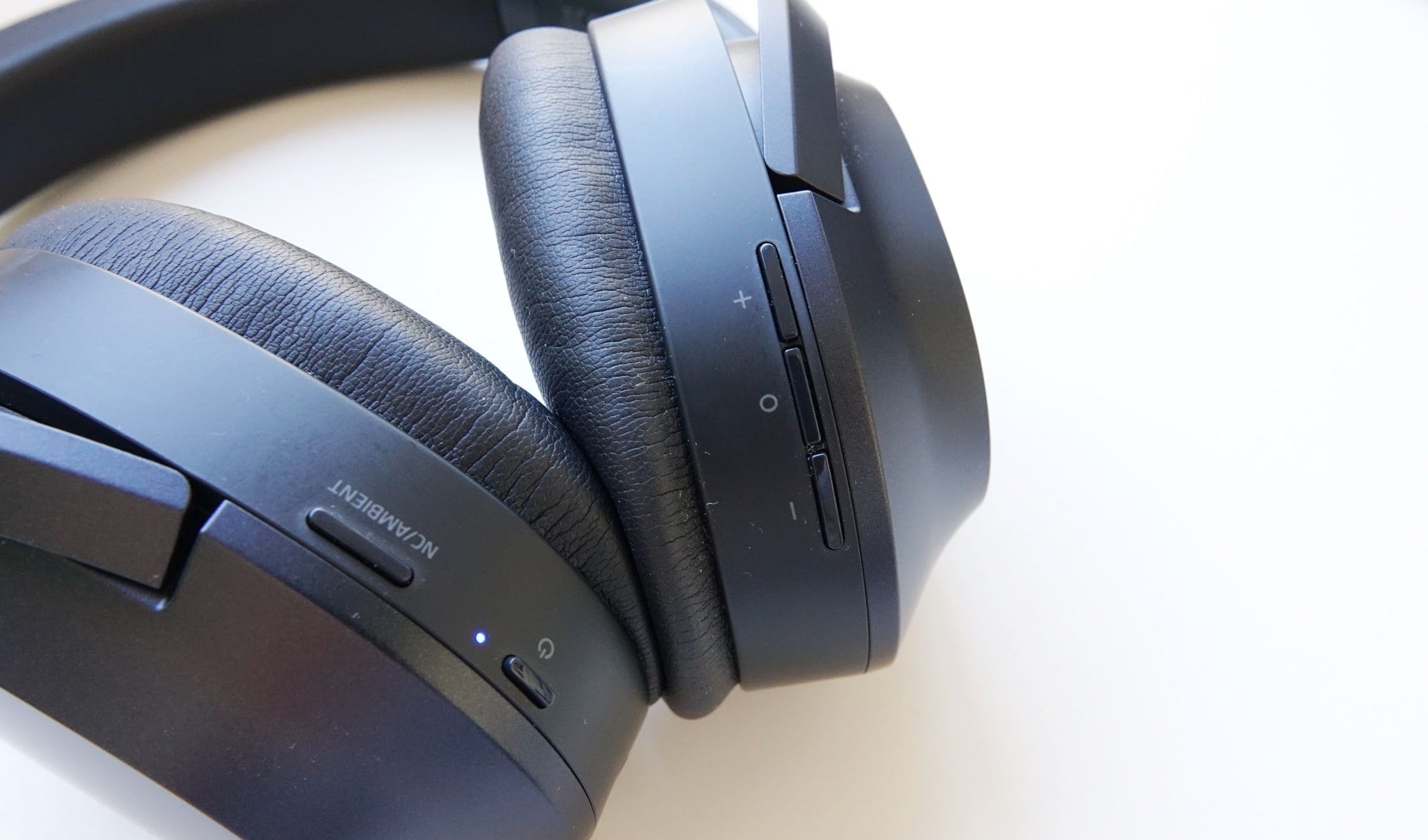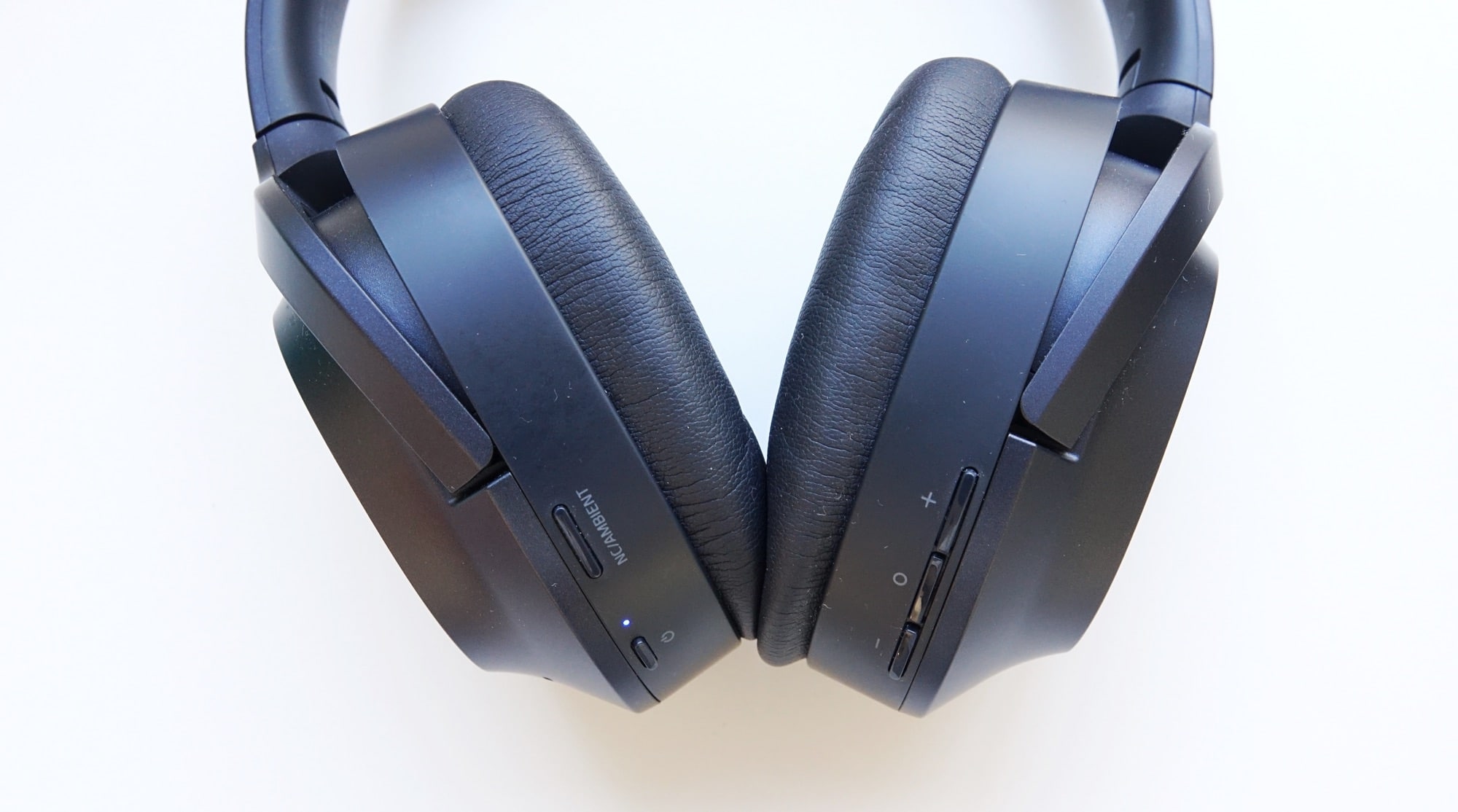Quick review
The good
The not-so-good
Carrying the “THX” brand you’ve likely seen in the cinema so many times, the Razer Opus makes a swing for the best noise cancelling cans you can find. Can they take on the benchmark headphones?
You may not realise it, but there’s a lot of choice in the noise cancelling headphone space. While it’s an area where big players trade blows all the time — where Bose and Beats and Sony and other dance fairly regularly — there are other brands vying for time on your head.
Some of these brands can be a little unexpected, but unexpected can also give rise to new concepts and new sounds. For reviewers, unexpected might include the likes of the sound testing Audeara headphones or the even more unusual take from Nura, the Nuraphones.
But it can also be collaborations, and few got us as excited as seeing what Razer was doing with the movie sound brand, THX. Razer bought the brand in 2016, and we’ve been waiting since then to find out what the company planned to do with it.
This year, we got an idea: headphones with THX technology onboard. THX being a company that has signified amazing sound not unlike Dolby, the idea was exciting.
Could the Razer THX headphones blow our minds like its “Deep Note” sound effect used to show movie cinemas equipped for movie sound in all the right ways? Let’s find out.
Design and features
No stranger to headphones, Razer’s latest pair is something a little bit different.
For starters, they’re not accented in bright green and look like the sort of thing you could wear out in public, that you’d want to wear in public. That’s distinct simply because Razer’s previous headphones typically feature colours and snake branding like its other devices, with a green edge that gamers may be okay with, but most folks wouldn’t really want to be seen dead in.
But the Razer Opus headphones are different.
Looking a little like Sony’s mid-range headphones, they offer a fairly simple and innocuous design that isn’t out of touch with headphones of today, complete with pads that fit around your ears like Sony’s own. There’s a THX badge on each ear that makes us all warm and fuzzy, because we grew up with the THX Deep Note in cinemas, not to mention the parodies, and the headphones just look normal. Not like gaming headphones, but rather what normal headphones look like.
This is a good thing. Headphones can have unique designs, for sure, but add ultra-bright neon colour schemes as the only choice, and you’re more likely to throw people off. We’ll admit that some of Razer’s designs have done that for us in the past, but this is not that. The Razer Opus is decidedly normal, including two 40mm drivers, four microphones, and a battery capable of dealing with up to 25 hours of life.
There’s a USB Type C port to charge it from, plus a neat little case reminiscent of the Sony headphones, which can fold up inside the case for easy storage.
In-use
Unfold them and don the headphones, and you’ll find a pair that is rather like other headphones a, which is actually a good thing. Remember, Razer headphones have up to this point been primarily focused on gaming, and while that’s not bad, it’s not useful for everyone.
With a look that constitutes something more akin to headphone normality, you’ll want to use the Razer Opus THX headphones in more places like normal headphones, and that’s a great thing.
Using them is then much the same as using other headphones. You turn the Razer Opus headphones on, you pair them with your Bluetooth device or opt to use the 3.5mm cord (which few would need these days, but it’s nice to see), and then you play your tunes.
There are five buttons in total on the device, as Razer opted for more traditional headphone controls rather than something more like other big headphones, with a power button and noise cancellation control button on the left can, while the right offers three buttons for volume up, pause/play/take call/hang up call, and then volume down.
It’s fairly simple, but we’d have appreciated some texture on that centre pause/play button, because it sits in a row of three, and short of fumbling around trying to quickly check which button you’re pressing, the whole thing feels like it could need a bit of finesse. Or something else, like the touch controls of modern flagship headphones.
Wearing the Razer Opus headphones feels familiar, too.
We review our fair share of headphones, and while some of them feel great, others less so. Fortunately, Razer’s Opus headphones feel nice, and even remind us of how the Sony WH-1000XM2 headphones felt the first time we tried them.
There’s a similar approach to around-the-ear circumaural design, and while it won’t fit around every ear like a big HiFi headphone, it’s comfortable all the same, the pleather finish on what appears to be memory foam hugging your ears nicely for a small amount of passive noise cancellation, before being switched on to a larger amount from the active system powered by the four microphones used on the headset.
Performance
But while the Razer Opus headphones feel a lot like the Sony headphones, they don’t sound quite as solid as what Sony produces.
Tested with the Pickr Sound Test, Razer’s approach is fairly balanced and clean, similar in a way to what Bose delivers in the Bose 700 and QuietComfort 35, but just a touch brighter, too.
Starting with electronic in Tycho’s “Glide”, there’s clearly a comfortable sound offering more than you might expect from the highs, though less from the mids, which come out a touch muddled in Daft Punk.
While there’s reasonable balance and a decent heft in the bass when the sounds are push up, the sound we’re hearing is brighter than we’d expect, and feels like it should be better. More bassy tracks like those from Ariana Grande and Mark Ronson deliver a touch more heft, and are indicative that the Razer Opus headphones may well be reliant on tracks mastered for bass, something we felt in FKA Twigs, too, though the guttural bass was missing in action here, too.
Because of that, rock can sound a little lacking in the punch, though really delivers on the guitar and vocals in most tracks, something we picked up listening to The Who which rang out in guitar awesomeness, while the Deftones and Muse felt like they lacked the emphasis we craved. Jazz and classical offer decent renditions, too, though any roundness you might expect from the bottom end is gone.
Testing the Razer Opus headphones with Pickr’s extra bass test delivered a little more oomph, more or less highlighting this issue: to make the Opus headphones sound as balanced as competitors, your music may need overly mixed bass, which clearly isn’t going to be something everyone will be doing.
Overall, it’s an effort which sounds brighter than you might expect, but still offers a relatively detailed approach that is pleasing to the ear. We’ve definitely heard a more volumetric sound in the past from other headphones, but there’s still something in the Opus headphones to like.
Battery
With that relatively capable sound comes a relatively capable battery, as Razer offers a 25 hour battery for its Opus headphones.
Reviewing the Razer Opus headphones, we definitely found around that 25 hour mark was easily possible, and thanks to the now ubiquitous USB Type C port found on the underside, it’s not as if you’ll have trouble finding a place to charge the headphones.
These days, wireless noise cancelling headphones can push into the 30 hour mark, so Razer’s battery life in the Opus isn’t exactly industry leading, but 25 still isn’t bad all the same.
Value
Pricing in Australia for the Razer Opus is where things can get a little complicated.
Finding these things in stores isn’t easy, and while Razer has announced them locally, you can only grab them from Razer’s online store, which when we started reviewing didn’t list the price, but now shows it at $329.95.
Overall, that’s not a bad price for what you get, and translates well from the USD price of the Razer Opus, which is around the $200 USD mark, tax excluded as it varies on a state-by-state basis. Here in Australia, $330 isn’t terrible, especially given the latest benchmark headphones in the Sony WH-1000XM4 and Bose 700 run for much more, though the Opus aren’t quite as versatile as the previous Sony, the WH-1000XM3, and they can still be found for around the $300-350 price locally.
In fact, while the $300 mark may not be terrible for what you get in the Razer Opus THX headphones, there are still things we’d add.
What needs work?
For starters, we’d give the headphones a little more to work from in the bass department, as it just needs more meat.
Sound in the headphones is light and bright, and somewhat balanced, but the “Deep Note” sound that THX is known for is one of the heaviest hitters of sound you can find, and these headphones don’t quite replicate that. Maybe it’s wishful thinking, but the Razer Opus THX headphones don’t really deliver the same impact that THX is known for overall.
There are also no touch controls, leaving you with these little physical buttons which also lack texture. You’re basically just remembering button placement for controlling the headphones, which is great for muscle memory, but less so given there are ways to make the controls stand out. Touch controls could help, especially with such an obviously large surface area of the Razer Opus, or otherwise a little bit of texture and ridging on the buttons, so you know you’re not hitting volume up when you mean to hit pause or play.
And there’s also the matter of noise cancellation, which is acceptable, but hardly game-changing.
Razer’s approach to this area might be new, but Razer is no slouch in innovating in other areas, notably gaming, so we’re surprised to see noise cancellation take a bit of a back seat in these headphones. You’ll find one setting of noise cancellation here, and no way to tweak it in the app.
Rather, the Razer app mostly serves as a way of changing the EQ, be it on THX’s default setting or using other things such as Bass Boost. It’s not quite as special as we’d have hoped, and with noise cancellation gradually changing, we kind of expect a little more in the app for active noise cancellation side of things.
One last thing of note: Razer’s auto-pause for when you take the headphones off is handy, but it doesn’t always start up again. It’s a minor inconvenience, but if your music stays paused when you put them back on again, you at least know why.
Final thoughts (TLDR)
Even though there are things we’d definitely improve about the Razer Opus, there are things that stand out as a definite starting point for what appears to be Razer’s first serious headphones. And make no mistake, these are serious headphones for Razer.
The sound is bright, but quite detailed, while the look and comfort is solid enough you won’t worry about how you look when you walk outside in these cans. Those are all serious points that come together for a great pair of headphones, even if they still need some tweaking. We’re not sure Razer has been this close to an excellent headphone result for everyday life in the past, so kudos there.
There are still things we’d change, such as the bottom end, which feels so conservative, it plays it a little too safe for even our tastes, requiring you to tweak some EQ settings in an otherwise unremarkable app to get the “THX” sound to come across anywhere near as much of a heavy hitter as THX is known for. We’d also love to see a more innovative pair of headphones, because buttons are a little passé.
But if neither of these things bother you, and you’re one of those folks who still loves having their ears blown off by the old THX logo demos, the only thing you’ll be missing is that the headphones don’t come with one. Stick to YouTube for that, and just let all your other audio geeks obsess over how you have “THX” plastered to your ears. Next time, the Razer Opus 2 might just sound more as strong as that Deep Note some folks are fans of.














